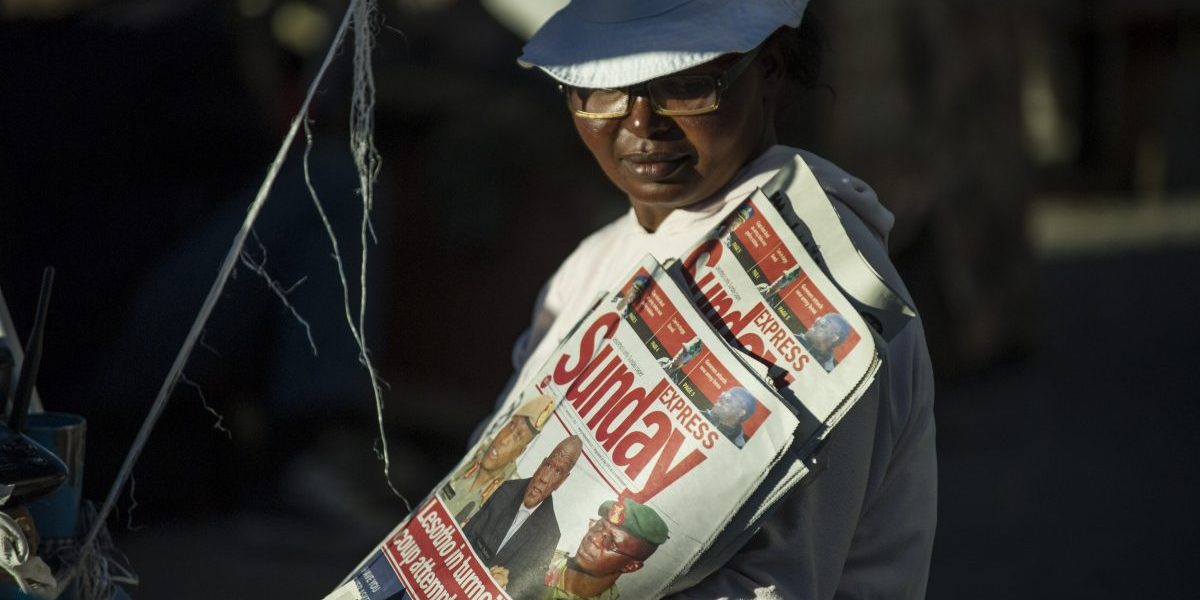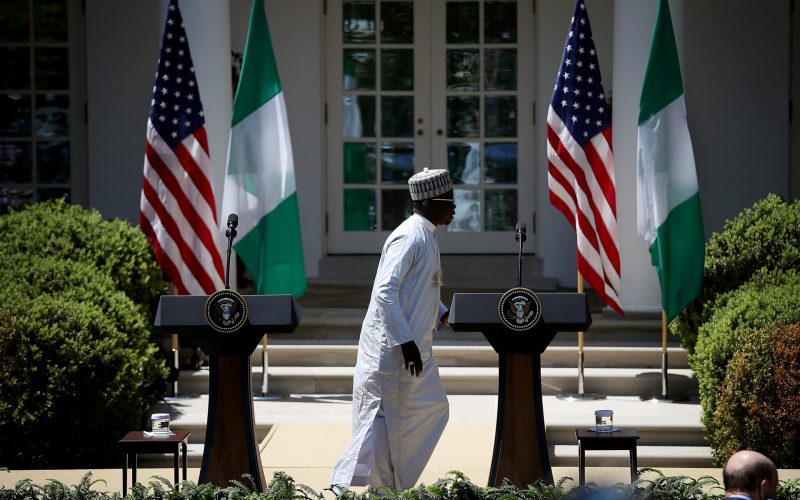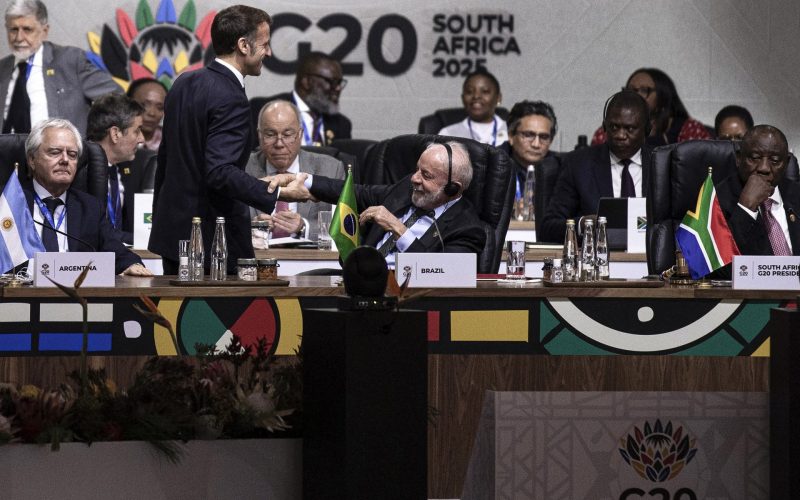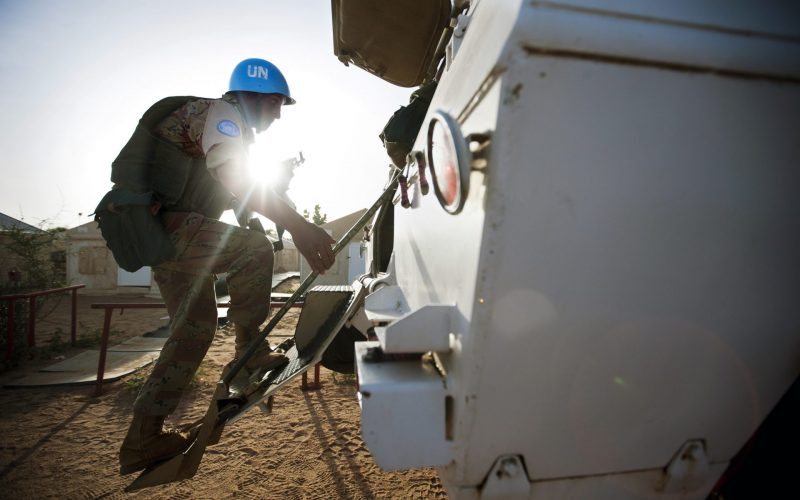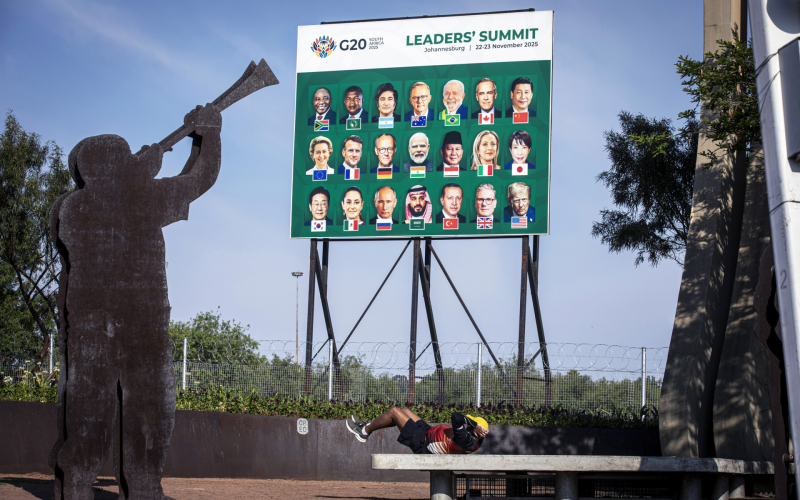The regional organisation’s most recent engagement, the SADC Preventative Mission in the Kingdom of Lesotho (SAPMIL), is credited with bringing security and relative calm to the mountain kingdom, but Basotho leaders failed to use this period of peace to steer the country toward long-term stability. The departure of the bulk of the SADC force late in 2018 was therefore a concerning but not catastrophic development. Creative SADC policies that address the economic, political and security causes of conflict in Lesotho can still help place that country more firmly on the path to a durable peace.

